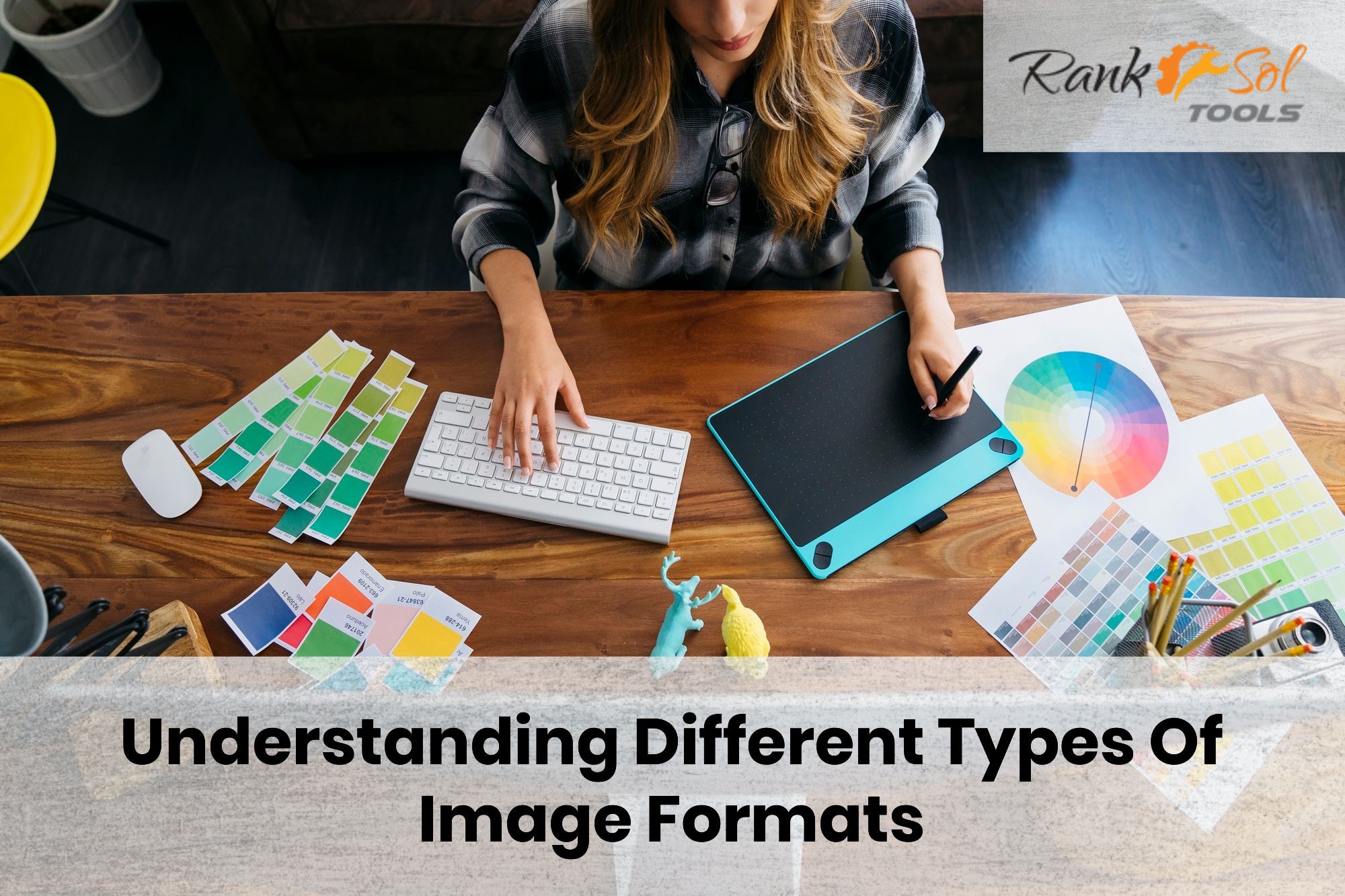
URL Decode
Free URL Decode Generate
What is URL encoding?
URL encoding represents encoding specific characters in a URL by supplanting them with at least one person trios that comprise of the percent character "%" trailed by two hexadecimal digits. The two hexadecimal digits of the triplet(s) address the numeric worth of the supplanted character.
The term URL encoding is a piece estimated in light of the fact that the encoding system isn't restricted to URLs (Uniform Resource Locators), yet can likewise be applied to some other URIs (Uniform Resource Identifiers) like URNs (Uniform Resource Names). In this manner, the term percent-encoding ought to be liked.
What Characters Are Allowed in a URL?
The characters permitted in a URI are either held or open (or a percent character as a component of a percent-encoding). Saved characters are those characters that occasionally have unique significance, while open characters have no such importance. Utilizing percent-encoding, characters which in any case wouldn't be permitted are addressed utilizing permitted characters. The arrangements of held and open characters and the conditions under which certain saved characters have exceptional importance have changed marginally with every update of details that oversee URIs and URI plans.
As per RFC 3986, the characters in a URL must be taken from a characterized set of open and held ASCII characters. Some other characters are not permitted in a URL.
The open characters can be encoded, yet ought not be encoded. The open characters are:
A B C D E F G H I J K L M N O P Q R S T U V W X Y Z a b c d e f g h I j k l m n o p q r s t u v w x y z 0 1 2 3 4 5 6 7 8 9 - _ . ~
The held characters must be encoded exclusively under particular conditions. The held characters are:
! * ' ( ) ; : @ and = + $ ,/? % # [ ]
Encoding/Decoding a Piece of Text
RFC 3986 doesn't characterize as indicated by what character encoding table non-ASCII characters (for example the umlauts ä, ö, ü) ought to be encoded. As URL encoding includes a couple of hexadecimal digits and as a couple of hexadecimal digits is comparable to 8 pieces, it would hypothetically be feasible to utilize one of the 8-bit code pages for non-ASCII characters (for example ISO-8859-1 for umlauts).
Then again, as numerous dialects have their own 8-digit code page, taking care of every one of these different 8-bit code pages would be very awkward. A few dialects don't for a moment even fit into a 8-cycle code page (for example Chinese). Subsequently, RFC 3629 proposes to utilize the UTF-8 person encoding table for non-ASCII characters. The accompanying instrument considers this and offers to pick between the ASCII character encoding table and the UTF-8 person encoding table. In the event that you decide on the ASCII character encoding table, an admonition message will spring up in the event that the URL encoded/decoded message contains non-ASCII characters.
When and how could you utilize URL encoding?
At the point when information that has been placed into HTML structures is presented, the structure field names and values are encoded and shipped off the server in a HTTP demand message utilizing technique GET or POST, or, by and large, by means of email. The encoding utilized of course depends on an early form of the overall URI percent-encoding rules, with various changes, for example, newline standardization and supplanting spaces with "+" rather than "%20". The MIME kind of information encoded this way is application/x-www-structure urlencoded, and it is right now characterized (still in an exceptionally obsolete way) in the HTML and XForms details. What's more, the CGI particular contains rules for how web servers disentangle information of this kind and make it accessible to applications.
At the point when sent in a HTTP GET demand, application/x-www-structure urlencoded information is remembered for the question part of the solicitation URI. At the point when emailed in a HTTP POST demand or, the information is set in the body of the message, and the name of the media type is remembered for the message's Content-Type header.
















.webp)
 (1).webp)
.webp)
